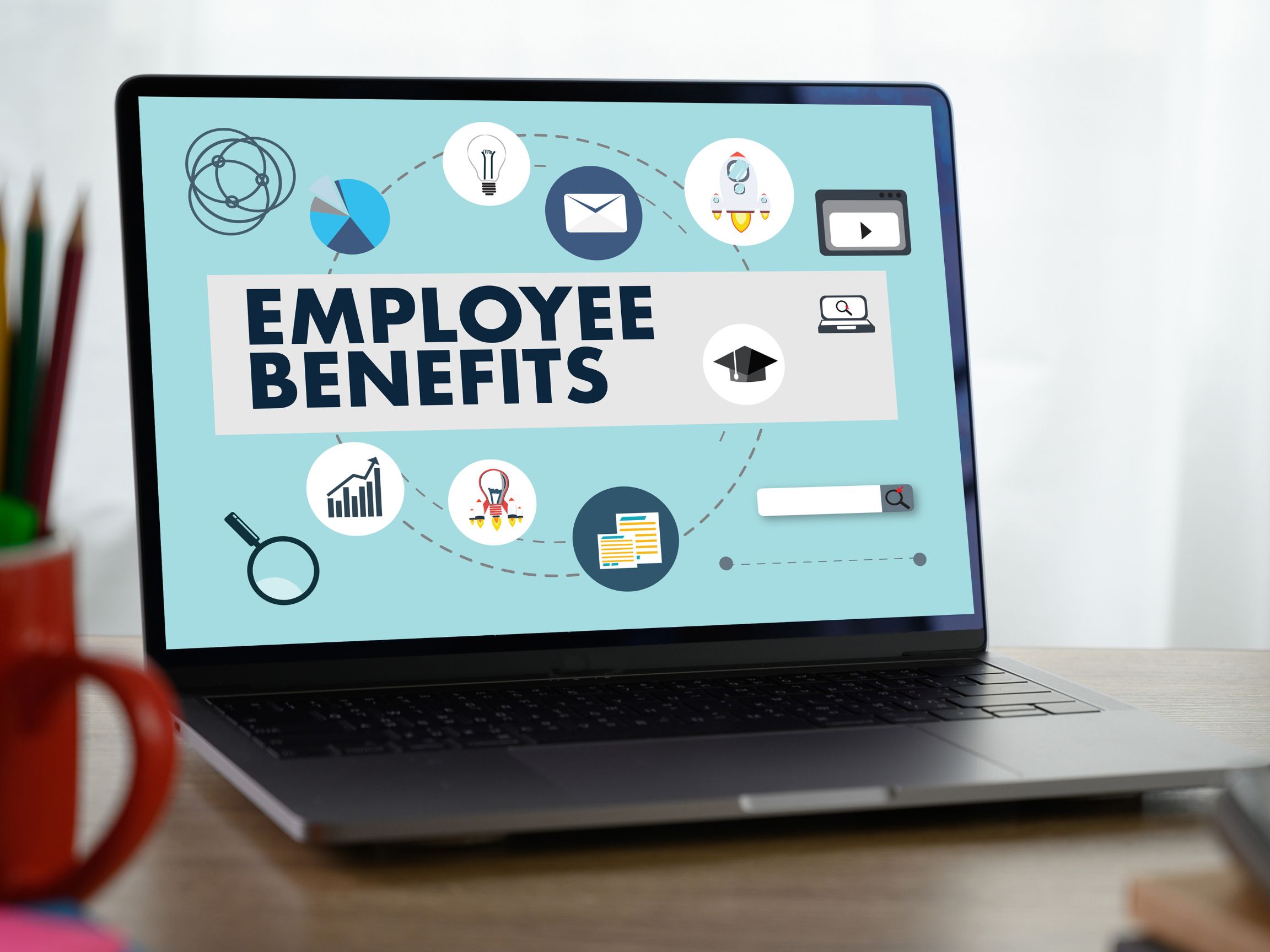
25 Apr A Benefit Plan From B to Z
The Baby Boomers, Generation X, millennials, and Generation Z, who make up most employers’ workforce, have different situations and benefit needs. That’s why increasing numbers of employers are looking beyond a one-size-fits-all plan to a multi-generational benefit plan.
KNOW YOUR DEMOGRAPHICS
The first step in moving your company’s benefit package toward a multi-generational offering is to know your workforce demographics and identify what the different generations have in common and what their differences are.
The University of North Carolina Kenan-Flagner Business School Guide to Leading the Multi-Generational Workforce identified these age-arcing values: success for the companies; a culture that encourages leaders to lead by example, be accessible, serve as a coach or mentor, challenge employees, and hold them accountable; to enable success in their careers; recognition of different life stages; and expectation of new and unanticipated challenges ahead. Specific to benefits, a Forbes Advisor survey found that Gen Z, Gen X, and baby boomers all prioritize flexible work options, paid time off, and parental leave.
COMMUNICATION AND FEEDBACK
Tailor communications. Baby boomers, for example, value job security and loyalty to their employers. Gen Xers prioritize work-life balance and flexibility. Make all communication clear and easy to understand, and send through multiple channels. Gen X, millennials, and Gen Z have grown up in a digital age of instant information. They prefer short, straightforward messages. Solicit feedback throughout the year and act on it. And measure benefits use over time and adjust your program accordingly.
RECOGNITION AND TEAMWORK
Motivate employees with incentives that matter to them. To create effective reward programs, consider what inspires (or turns off) certain generations or individuals. Create programs that encourage generations to work together and to share knowledge. Let them know that sharing their knowledge is vital to the success of your organization. For more direction, review your benefits program regularly with your financial professional.
Original content by the PSK LLP. This information is provided with the understanding that Payroll Partners is not rendering legal, human resources, or other professional advice or service. Professional advice on specific issues should be sought from a lawyer, HR consultant or other professional.


